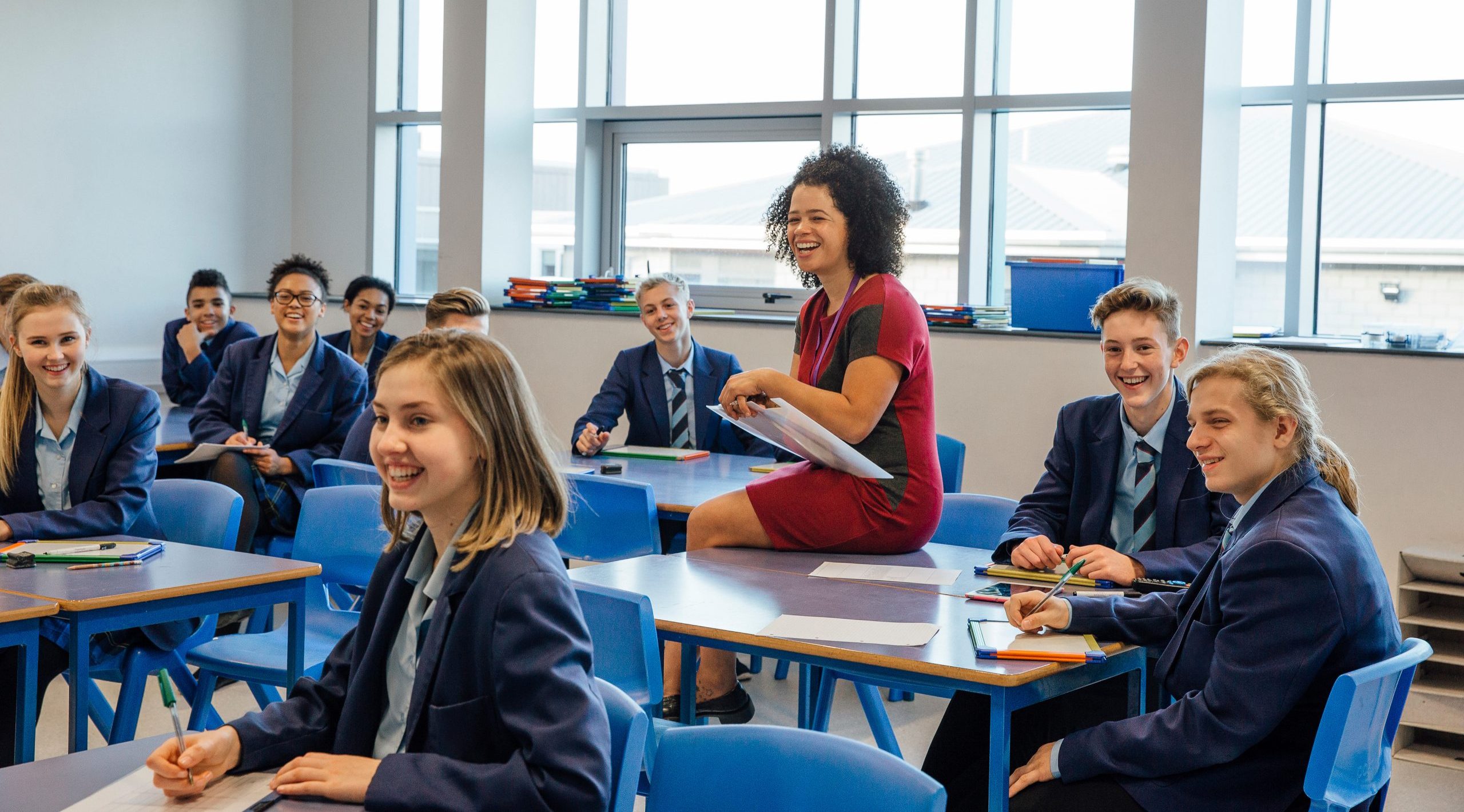Secondary school settings
All educational settings have to comply with legal guidance and legislation. This covers all aspects of running a school, including everything from administration to the curriculum to safeguarding. As a secondary school Teacher it is important to be aware of key legal guidance and to keep updated of any changes.
After primary school, children move on to secondary school at age 11, continuing their education through Key Stage 3 and Key Stage 4 until they are 16. Secondary school ends with pupils taking their GCSE exams, prior to going on into sixth form, a further education college or an apprenticeship. There are various teaching roles in secondary schools including subject specific Teachers, Senior Leadership, Special Educational Needs and Disability (SEND) Teachers, Cover Supervisors and classroom support staff such as a Learning Support Assistant (LSA), Teaching Assistant (TA) or Technician.
Secondary schools that are funded and controlled by their local authority are required to follow all government statutory guidance set by the Department for Education (DfE). Free schools and academies are independent of their local authority and so have more freedom to set their own rules.
To learn more about the different types of secondary schools read Teaching in a Secondary School Setting.






